Saturated soils proved to be a challenge for Iowa farmers this past spring. Iowa had 726,350 prevented planting acres according to the Nov. 1, 2013 FSA prevented acres report. More than 619,000 intended corn acres and about 107,000 soybean intended acres were reported as not planted here in Iowa.
|
Prevented planting acres in Iowa, by county. |
Managing unplanted fields gave farmers several challenges, with weed control at the top of that list. Allowing weeds to grow would guarantee increased control problems in the future. Farmers with unplanted fields had to choose between using herbicides, tillage, planting a cover crop or a combination of these three options.
With support from several industry partners and one grower in central Iowa, the On-Farm Network was able to establish cover crop replicated strip trials on three fields, totaling about 400 acres. Cover Crop Solutions provided Tillage Radish, and some of their branded mixes for the strips. Specifically:
• Tillage Max DAYTONA Mix (radish and crimson clover)
• Tillage Max DOVER (radish and oats)
• Tillage Max INDY (radish, annual ryegrass and crimson clover)
• Prevent Planting Mix (radish and crimson clover)
Case IH provided a Precision Disk 500T Air Drill, a tractor and an operator to seed three fields, totaling nearly 400 acres. Seeding was done from Aug. 16-22. (See August 22 On-Farm Advance.)
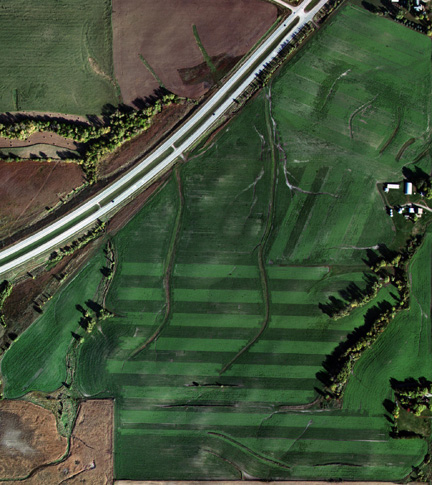 Visual differences in the strips toward the bottom of the image on the left show different cover crop mixes. |
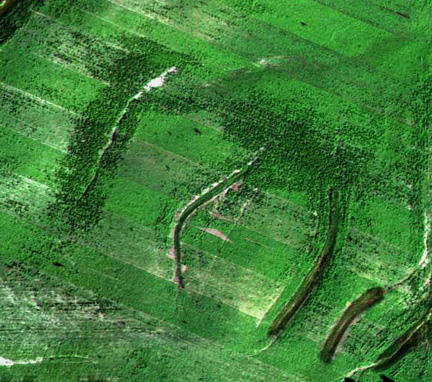 Darker areas around waterways in the upper right of the image on the left and the blow-up of that area (above), indicate more vegetation from earlier germinating radishes. At the field level, (below) it's easy to spot radishes that found moisture early.
|
Several observations can be made when looking at imagery of the fields.
“One of our concerns was the lack of soil moisture at the time of seeding,” Pat Reeg said. “You can see excellent growth from all of the different cover crops used in the trials with the exception of some of the sandy areas. In the low lying areas of the field some of the radishes found moisture early and germinated well in advance of any rain.”
Comparing the different cover crop species was not the only trial in the prevented planting project. Replicated strips comparing radishes seeded in 7.5- vs. 15-inch rows were also tested. Both row widths offered great canopy cover and no differences between the two were obvious in the imagery.
In observing the fields two months after seeding, stands were quite good, and growth of tillage radish in particular was impressive. The radish appears to be a good choice for quick canopy to help prevent weeds.
|
Both tillage radish with oats (left) and tillage radish alone provided excellent canopy to prevent weeds and soil erosion in these strips. |
Work on these three fields will continue into 2014. Winterkill will take care of most of the cover crops used in the prevent plant project, but we'll check fields before planting to see whether herbicide is needed to control the clover contained in some of the mixes. Yield data will be collected in the fall of 2014 to see whether different cover crops affected yield differently. Additional information that may be useful to collect next year include aerial imagery and stalk nitrate samples to evaluate any potential differences in nitrogen released back to the crop.
This prevented planting project has been a learning experience for everyone involved. While we hope the weather that led to this isn’t repeated any time soon, information gleaned from these trials will be useful in making cover crop selections, even in “normal” years, as cover crops will play an important role in implementing the Iowa Nutrient Reduction Strategy.
The On-Farm Network has other ongoing projects working with fall cover crops. Additionally, ISA On-Farm Network and Environmental Programs and Services staff members have been involved in planning a 3-day Cover Crops Workshop, to be held in conjunction with the Iowa Power Farming Show in Des Moines on Jan. 28-30, 2014. Summaries of cover crops studies will also be a part of our On-Farm Network Conference in Ames on Feb. 19 and 20. Watch this newsletter and ISA websites for more information coming soon on both of these meetings.

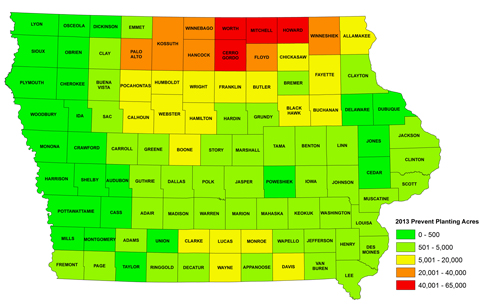
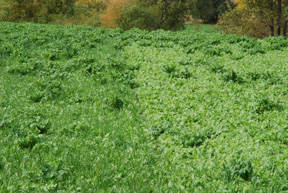
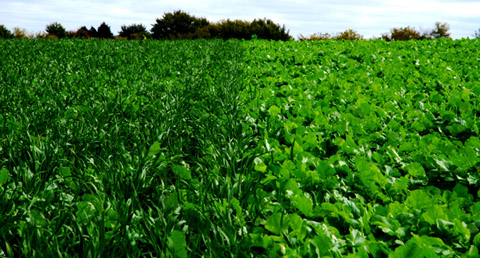





Post a comment
Report Abusive Comment